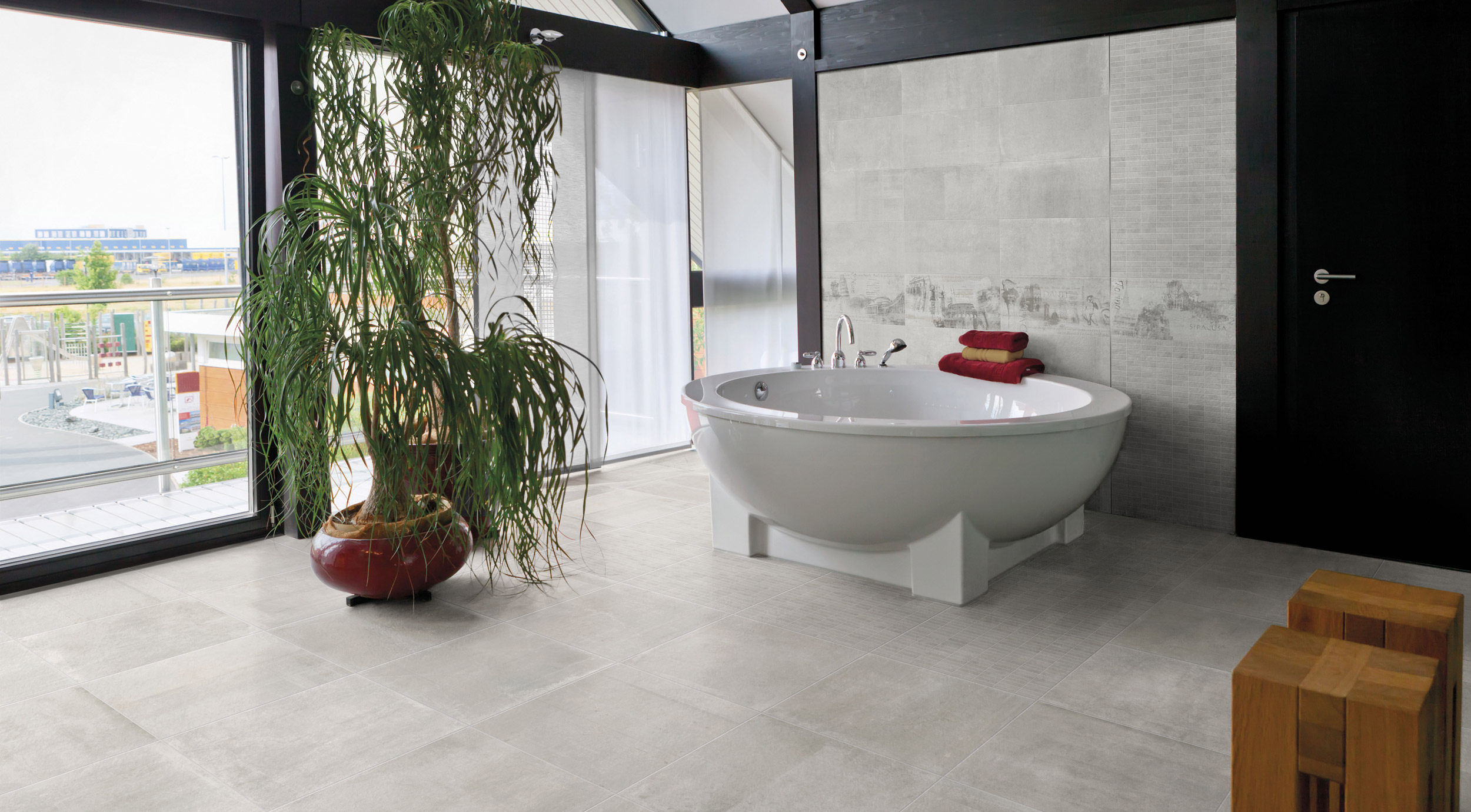This year, the kitchen as we know it completely changed. Shelving opened up, cabinets went darker and metallic accents moved well beyond cabinet knobs. But come 2015, we can expect to see a major overhaul in a different room of the house -- the bathroom. Everything from sinks and color schemes to tubs and tiles will see some sort of upgrade, according to the National Kitchen and Bath Association's style report as well as the trends we've seen in the decor sphere, and this is how we expect interior designers and homeowners everywhere to go about it...
Out With The Old: Coastal Cottage Style
In With The New: Clean Contemporary
In With The New: Clean Contemporary
According to the National Kitchen and Bath Association's style report, more than 400 designers agreed there is a move toward simplicity in a cleaner, more contemporary way. That's not to say they are going to completely lose their more cozy, rustic charm for all-out glamour, but they will have cleaner lines and more minimalist modern vibe.

Out With The Old: Rain Showers
In With The New: Soaking Tubs
In With The New: Soaking Tubs
Forget about glass-encased showers -- these days it's all about the soaking and free-standing tubs, so much so that we can actually expect a decline in standard tubs with shower-surrounds.
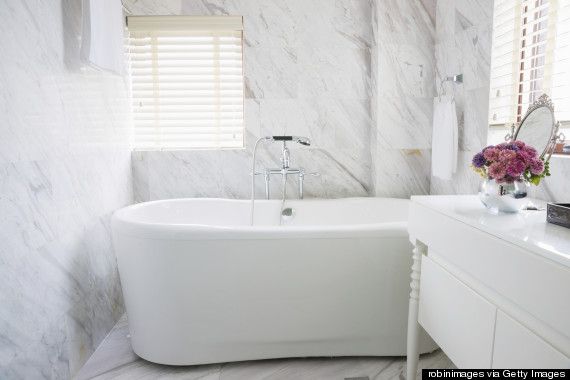
Out With The Old: Bowl Sinks On Cabinets
In With The New: Under-Mounted Leggy Sinks
In With The New: Under-Mounted Leggy Sinks
Looks like you're going to have to find somewhere else to stash those toiletries, because under the sink won't be a "trendy" choice next year. Also not so "in" anymore? Those bowl-shaped sinks we loved a few years back.
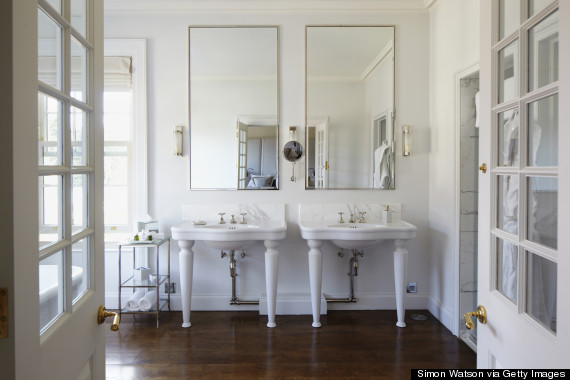
Out With The Old: White Paint
In With The New: Shades Of Gray
In With The New: Shades Of Gray
Say sayonara to all the white. While it's still an incredibly popular choice for bathroom colors (along with blue and beige), the National Kitchen and Bath Association also found it to be the fastest-growing shade for the bathroom.
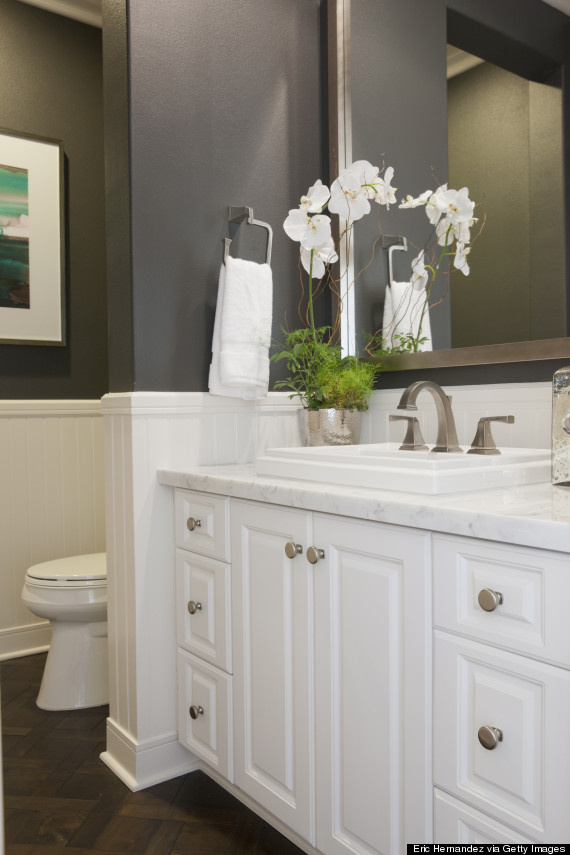
Out With The Old: Granite Vanities
In With The New: Quartz Countertops
In With The New: Quartz Countertops
Despite what you may think from watching all that HGTV, there are options out there besides granite. Quartz, a huge player for 2015, is one of them.
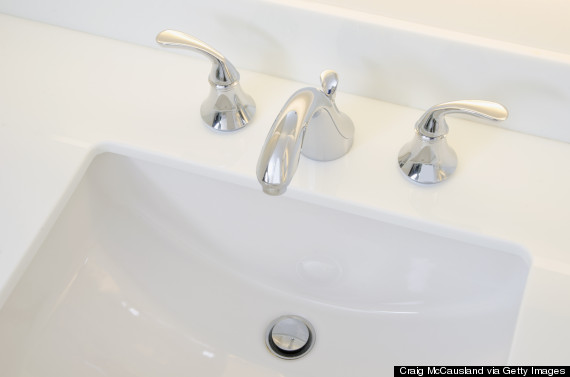
Out With The Old: White Subway Tile
In With The New: Sleek, Black Tiles
In With The New: Sleek, Black Tiles
Why let kitchens have all the fun with the dark, moodier features? Those trends are here to stay so skip the subway tile and opt for something bolder.
Stop by our store and have a look! or - Give us a call @ 905-892-5756 and we will provide a free estimate.


